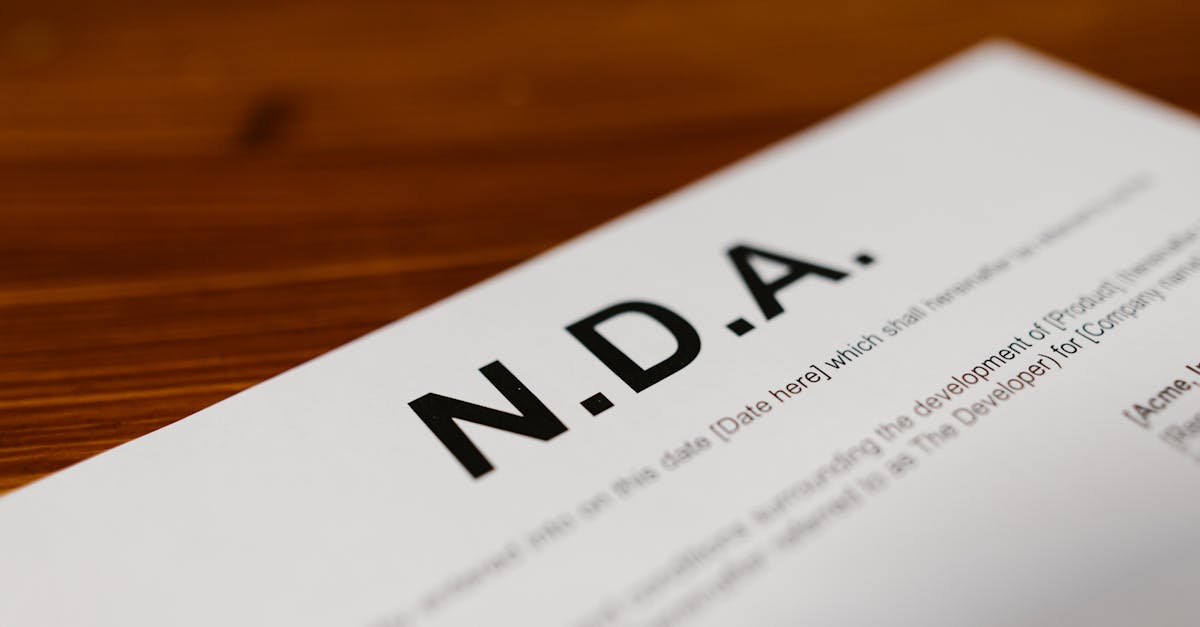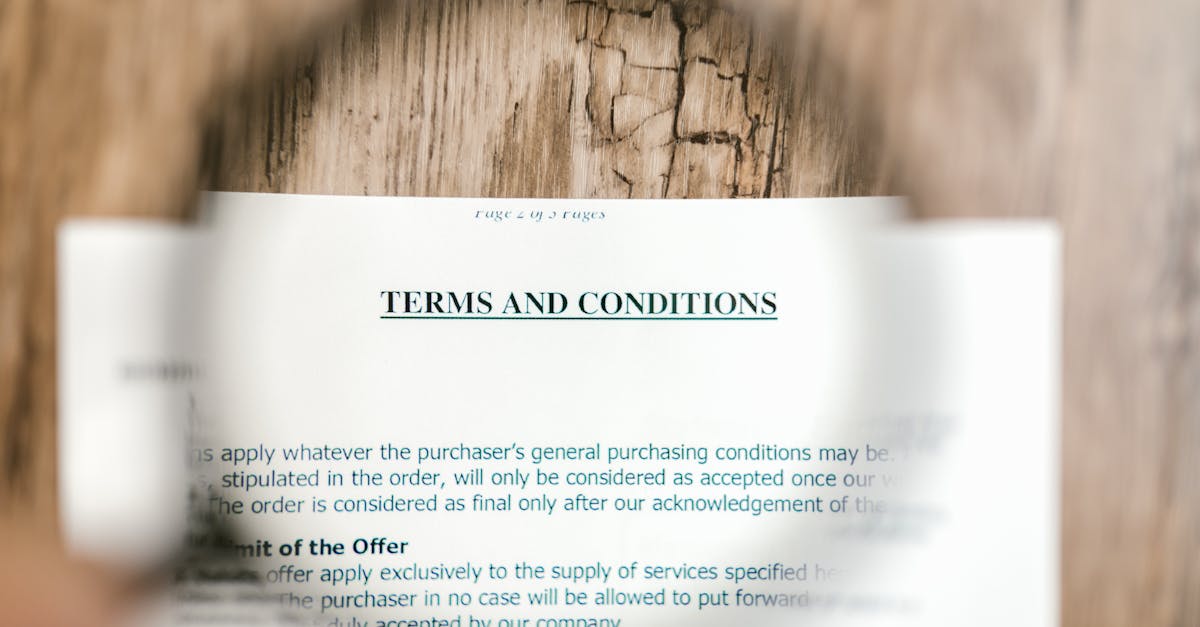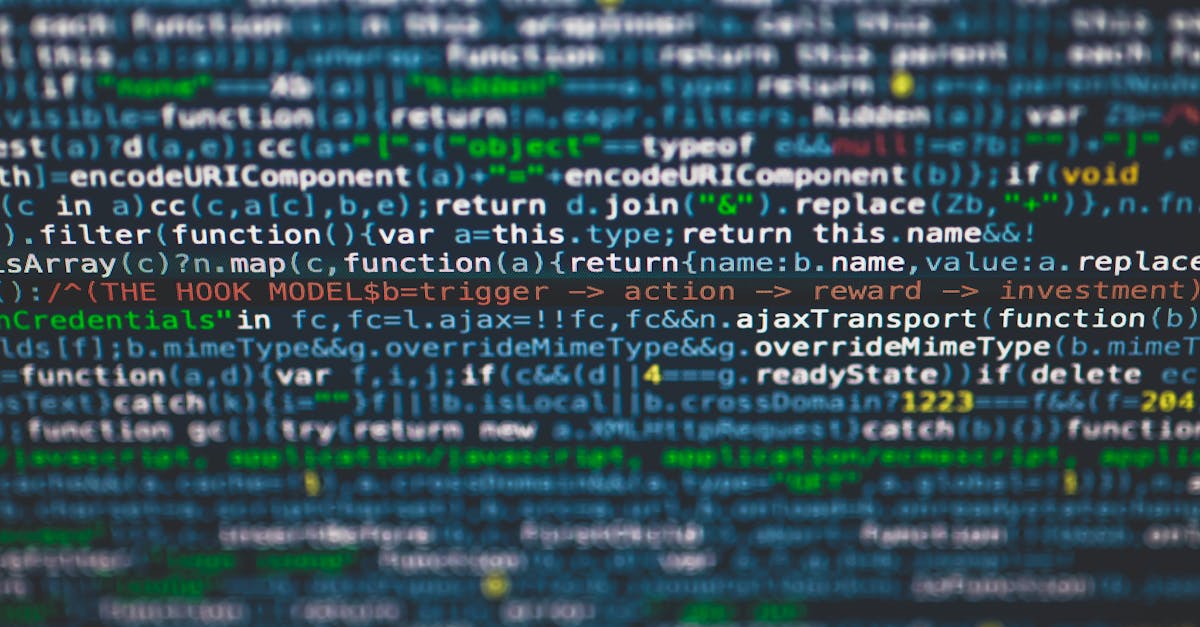
Introduction
NDAs shouldn’t be the bottleneck. Yet all too often they are: mismatched legacy forms, repeated redlines, and manual compliance checks stretch timelines, inflate legal spend, and stall deals. Document automation and AI now let teams stop reinventing the same clauses, surface risk where it matters, and match the right template to the right situation — so negotiations finish faster and with fewer surprises.
By connecting AI to your library of legal templates, clause libraries, and business systems, you can auto‑generate party details, classify sensitivity, recommend narrower scope language, and enforce approvals and e‑sign workflows. The sections that follow walk through the templates every team needs, how AI accelerates selection and clause tuning, practical routing and enforcement patterns, monitoring and analytics, and rollout tips for a low‑friction, audit‑ready NDA program.
Why NDAs still slow deals and how AI speeds template selection and clause tuning
Why NDAs stall deals: NDAs often slow transactions because parties use different legacy legal forms, negotiators redline the same clauses repeatedly, and compliance teams manually review each variant for risk. These manual steps create negotiation cycles that push timelines out and increase legal spend.
How AI reduces friction: AI speeds the process by quickly matching use cases to the right legal templates and surfacing the clauses that matter for a given deal. Natural Language Processing (NLP) can compare a proposed NDA to a company’s approved clause library, suggest narrower scope language, and recommend acceptable time limits or permitted disclosures.
Practical accelerators
- Automated template recommendation: AI ranks contract templates and NDA variants based on deal context.
- Clause tuning: it proposes shorter, lower‑risk language and highlights high‑risk terms for counsel.
- Faster negotiation: suggested counters and standardized fallback language cut redlines and cycles.
For a ready set of NDA templates you can integrate into this workflow, see this example collection: https://formtify.app/set/non-disclosure-agreement-3r65r
Template variants every business needs: mutual, one‑way, employee and transaction NDAs
Core NDA variants and when to use them
- Mutual NDA: Use when both parties will exchange confidential information (e.g., M&A talks, joint development).
- One‑way NDA: Use when only one side discloses (e.g., vendor pitches, supplier onboarding).
- Employee NDA: Use for new hires, contractors or consultants — often paired with an employment contract template or confidentiality clause in an employment contract.
- Transaction‑specific NDA: Tailor for specific projects or deals where the scope, term and permitted uses are narrow.
Other legal forms to keep handy: Alongside NDAs, maintain a library of common legal forms and contract templates — from service agreements to leases — so teams can quickly choose the right legal document templates for each situation.
Make sure you include regional variants (for example, legal templates Australia compliance notes) and multiple delivery formats (legal templates word and legal templates pdf) to meet user preferences.
Using AI to auto‑fill party details, classify sensitivity and recommend narrower scope clauses
Auto‑fill and data accuracy
AI can pull party details from your CRM or HR system to populate names, addresses, and roles. This reduces typographical errors and ensures consistent use of corporate entity names across legal forms and contract templates.
Sensitivity classification and clause recommendation
- Classify disclosures: NLP tags what the document treats as “confidential” (financials, source code, customer lists) and assigns sensitivity levels.
- Recommend scope: For higher sensitivity items, AI recommends narrower permitted‑use language, shorter retention periods, and explicit carve‑outs.
- Suggest timing: Propose appropriate disclosure periods and termination dates based on the data type and business context.
Operational benefits: Faster drafting, fewer inaccurate or overly broad NDAs, and better alignment with internal policies. Still, complex or novel issues should trigger a review by counsel — AI accelerates, it doesn’t replace legal judgment.
Automated routing, e‑sign and enforcement: approval gates and central NDA repository
Automated workflows
Set up approval gates that route NDAs to the right reviewers automatically — for example, sales manager → legal review → finance sign‑off if financial information is exchanged. Automation enforces your internal policy without manual handoffs.
E‑sign and central repository
- E‑sign integration: Connect with e‑signature providers to accelerate execution and capture audit trails.
- Central NDA repository: Store executed agreements in a searchable, indexed repository with tags for parties, effective dates, and sensitivity.
- Enforcement triggers: Automate notifications to custodians when disclosure obligations or confidentiality windows begin and end.
These features make it easy for operations, HR and legal teams to find the exact version of an NDA and prove who signed what and when — critical for compliance, audits and potential disputes.
Monitoring and analytics: track signed NDAs, expirations and disclosure obligations
Key metrics to track
- Number of NDAs executed and pending
- Average negotiation time and number of redlines
- Approvals by stakeholder and bottlenecks in routing
- Upcoming expirations and active disclosure obligations
Alerts and dashboards
Use dashboard visualizations to highlight NDAs near expiration, or those containing high‑risk clauses. Configure automated alerts for custodians ahead of disclosure deadlines so teams can proactively manage obligations.
Compliance and audit readiness
Maintain an immutable audit trail for each NDA (version history, reviewers, signed copies). These analytics and records shrink legal risk and make it straightforward to respond to regulatory inquiries or internal audits.
Template examples and implementation tips to roll out an AI‑augmented NDA program
Example templates to include in your library
- Mutual NDA (short form and long form)
- One‑way NDA for vendors and prospects
- Employee NDA and confidentiality clause for employment contract template
- Project/transaction NDA with narrow purpose language
Rollout tips
- Pilot: Start with a single team (e.g., sales or partnerships) and one or two NDA variants to prove value.
- Playbooks: Create short guidance sheets that explain when to use each template and which clauses are negotiable.
- Training: Run short sessions for non‑legal teams on selecting templates and using auto‑fill features.
- Change control: Manage template updates via a versioned library and make counsel the final approver for material changes.
When to consult a lawyer
Use templates and AI for routine, high‑volume NDAs and legal document templates for startups or small deals. Consult a lawyer if the deal involves novel IP, cross‑border regulatory complications, unusual indemnities, or if AI flags high sensitivity that exceeds playbook thresholds.
For quick starts, you can pair your program with curated resources and free legal templates collections to accelerate adoption — many teams begin with legal templates free or downloadable legal templates pdf/word and then customize. A practical set of NDA templates you can review and import is available here: https://formtify.app/set/non-disclosure-agreement-3r65r
Summary
AI‑assisted NDAs remove common bottlenecks by matching the right template to the right situation, auto‑filling party data, surfacing high‑risk clauses, and enforcing approval and e‑sign workflows. That combination not only shortens negotiation cycles and reduces legal spend but also helps HR and legal teams maintain consistent, auditable records and stay compliant as the organization scales. Treating these documents as part of a managed library of legal templates with clear playbooks and sensible review gates lets non‑legal teams move faster while counsel focuses on novel or high‑risk issues. Ready to accelerate your program? Review templates, playbooks, and integrations at https://formtify.app
FAQs
What are legal templates?
Legal templates are pre‑written documents—like NDAs, employment contracts, and service agreements—designed to cover common legal scenarios. They save time by giving teams a standardized starting point, and they can be adjusted to fit specific business needs while keeping core legal protections intact.
Are legal templates legally binding?
Yes, legal templates can be legally binding when they are properly completed, executed by the authorized parties, and meet applicable legal formalities in the relevant jurisdiction. A template’s enforceability still depends on the substance of the agreement, signatures, and whether the terms comply with local law.
Where can I find free legal templates?
Free templates are available from government websites, reputable legal aid organizations, and established template libraries online. If you want templates that integrate with workflows and AI tools for auto‑fill and clause checks, consider curated collections and platforms like Formtify and similar trusted providers.
Can I customize legal templates for my business?
Yes—templates are intended to be customized. Use playbooks and version control to document which fields and clauses are safe to change, and route material changes through counsel to ensure they don’t introduce unexpected legal risk.
Do legal templates replace a lawyer?
No. Templates and AI tools handle routine, high‑volume work and reduce repetitive review, but lawyers remain essential for novel IP issues, complex cross‑border deals, unusual indemnities, or when AI flags unusually high sensitivity. Think of templates as shortcuts—not substitutes—for legal judgment.





